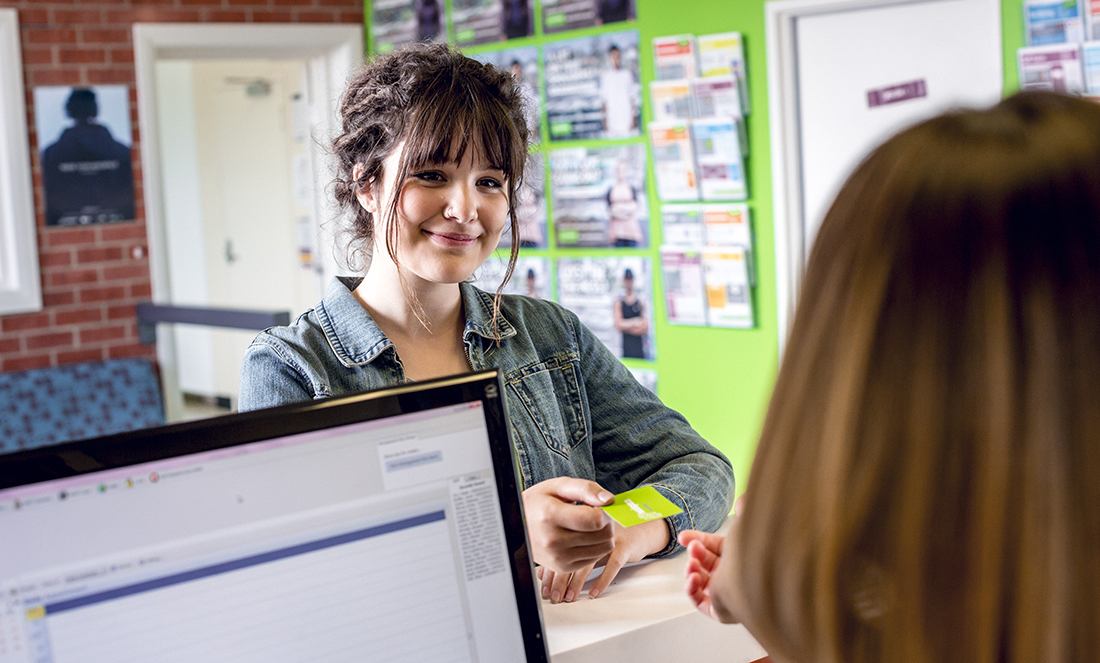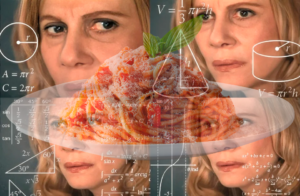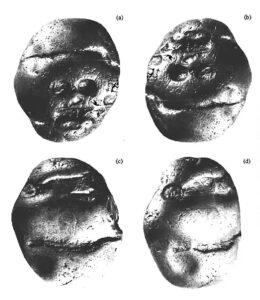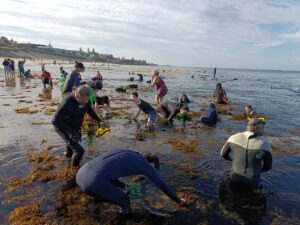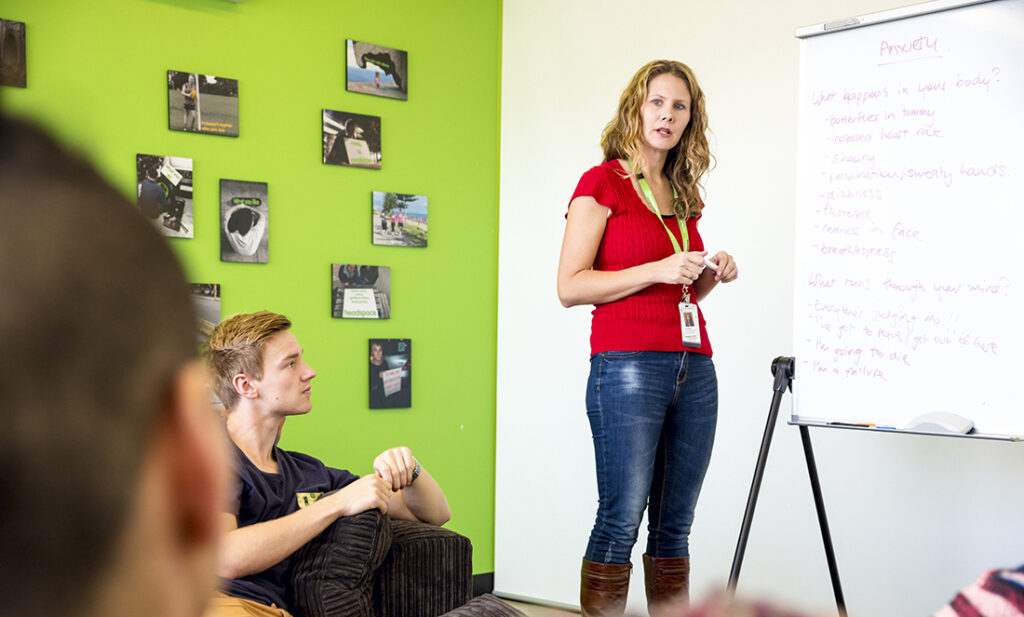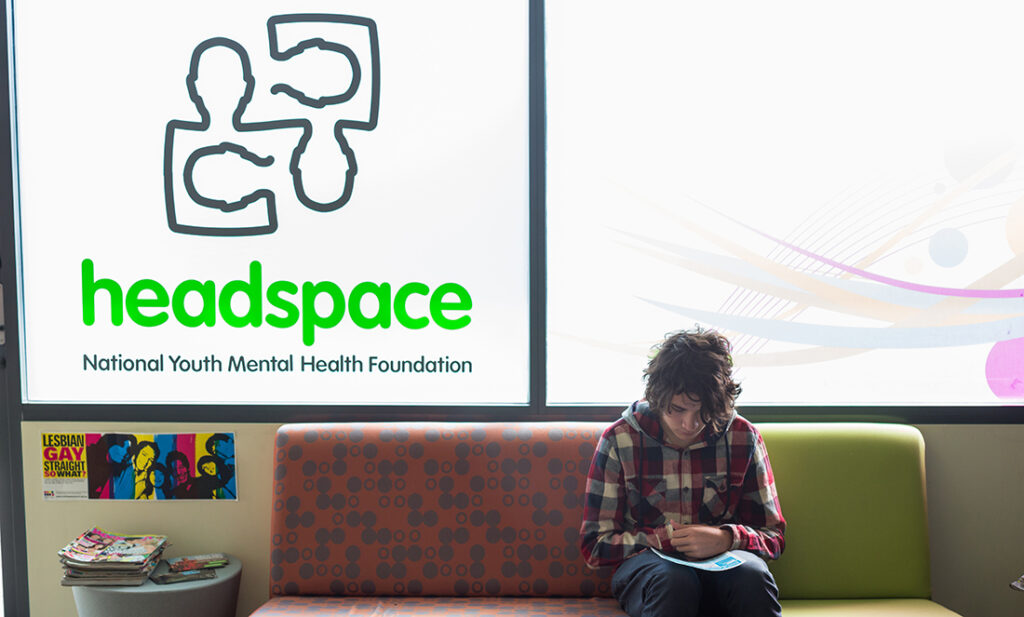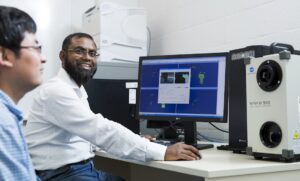Adolescence is a tough gig. As someone who is getting closer to 30, I remember mine as a particularly difficult time in my life.
My postcode, Kmart clothes and scrawny stature made me an easy target for bullies. I’ve studied many predatory animals in my environmental science degree, but I have yet to find any as vicious as teenage girls!
Though I’d love to say it didn’t get to me, it did take a toll.
Mental health isn’t a term I remember ever hearing in high school, but I knew something wasn’t right. When I did seek help, I found myself trying to navigate a health system that didn’t know how to deal with me.
The good news for today’s young people is that Australia is starting to take notice of youth mental health. Initiatives are being put in place to help young people cope and live happier lives.
The biggest initiative is headspace, our national youth mental health foundation.
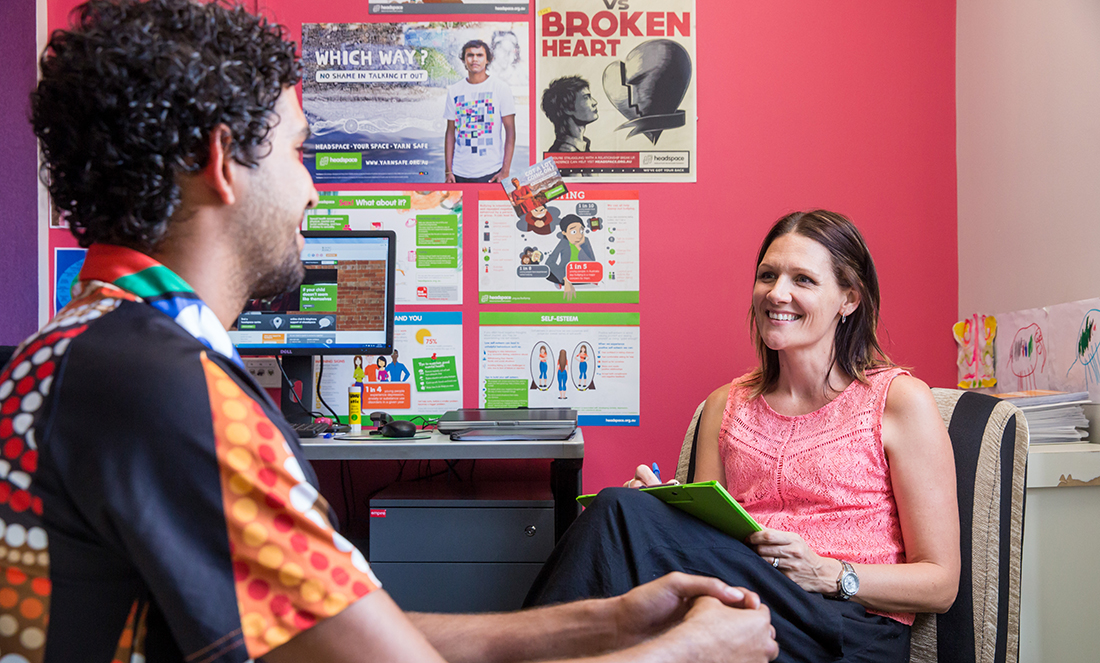
I caught up with their Chief Scientific Advisor, Professor Debra Rickwood, to find out more about youth mental health in Australia and the best ways to tackle it.
What is headspace?
headspace works with young people to help them through whatever problems they may be facing. The four main streams are mental health, physical (and sexual) health, work and study support, and drug and alcohol services.
What sets headspace apart from the services of my day is the headspace team understands young people. They know their world and they’re on their side. headspace provide a more personal, tailored treatment for young people.
So who exactly can access these services?
The ‘prime suffering’ years
headspace offer services for people aged 12 to 25. This is when mental health problems are likely to emerge.
Psychological distress in young people is on the rise, and social media is thought to play a part.
Social media never sleeps, and young people may be feeling exhausted trying to maintain a 24/7 online persona.
Unfortunately, this age group is one of the least likely to seek professional help.
This is where Debra’s research into help-seeking behaviour for mental health problems has provided valuable insight. She’s spent years looking into the barriers that prevent young people seeking help.
“We have an understanding of what the barriers are … the headspace services are based on trying to break down those barriers.”
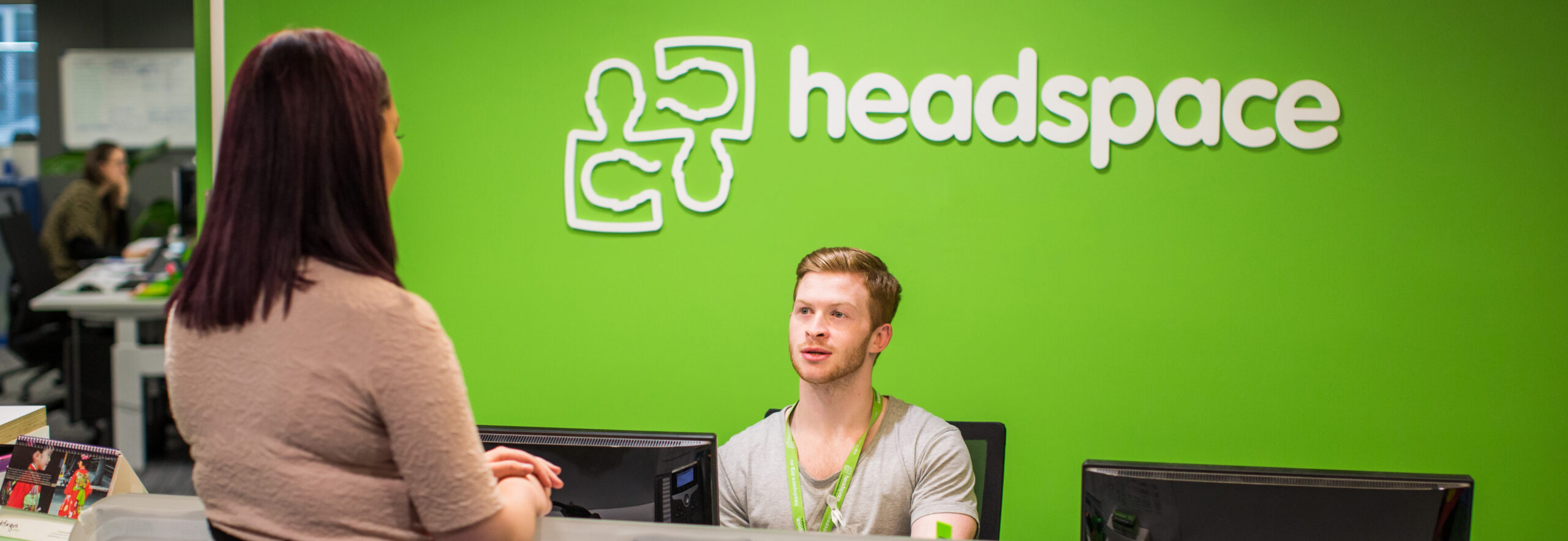
Breaking the barriers
One of the major barriers is the fear of stigmatisation. No one wants to be labelled or judged or feel like there’s something ‘wrong’ with them.
A big focus for headspace is creating an environment free of judgement and breaking the stigmas around mental health. The headspace staff are understanding and specially trained to engage with young people.
“Young people can go in with any sort of problem and not feel judged,” Debra says.
Another barrier is access. headspace has built 100 easy-to-access centres across Australia. You don’t need a referral to see someone, they’ve made the whole process as simple as possible.
But in this widespread country of ours, it’s impossible to set up a face-to-face centre accessible to every young person.
That’s why they invented eheadspace—an online, after-hours service. The eheadspace initiative is a shining example of how the solutions are catered specifically to young people. By using the online chat option or calling up, young people can get professional help via eheadspace up until 1am EST.
“We’ve deliberately done that for young people who either can’t access a service … or, for a lot of young people [who] are hesitant, they just want to try something out,” Debra says.
“So eheadpace is kind of an easy option to put your toe in the water to get a bit of support.”
No problem too big or too small
We’ve all heard some scary statistics about youth suicide. Like the fact it is the leading cause of death for people aged 15 to 44 or that approximately eight young people die by suicide every week.
headspace hopes to be a much, much earlier intervention, so we never have to get to that crisis level.
Debra tells me they have a “no-wrong-door policy”. If you need a helping hand, they want to provide it. No matter how ‘big’ or ‘small’ the issue, whether it’s trouble with relationships, school or some concerning thoughts, headspace has a way to help.
“We try to encourage … young people who are just not sure what’s going on … to come in and have a chat to someone,” Debra says.
“They may not need to be treated for a mental health problem but just need some resources, some advice [or to be] pointed in the right direction to help them get back on track.”
It’s always darkest before the dawn
It’s heartening to see the way headspace is breaking down the stigmas around youth mental health. Young people have even started sharing their personal stories through headspace, which is why I decided to give away a little of mine.
Here is just one of many stories being shared by young people through headspace:
Before headspace, it was harder to find help. I know, because I tried. It fills me with hope to know that young people today may never know that world.
People aged 12 to 25 seeking help for a mental health problem should contact headspace at www.headspace.org.au. For those in crisis, you can call Lifeline Australia on 13 11 14.



